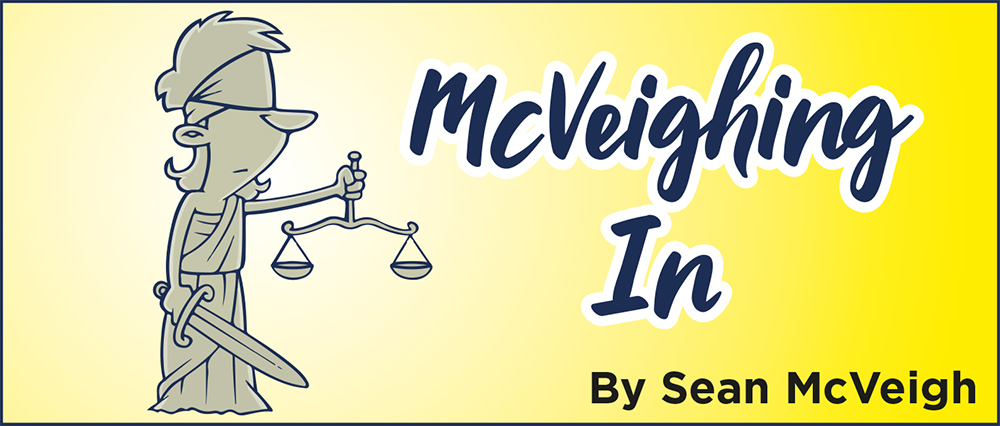Who Done It?

By Peter Galvin, MD
When health emergencies like pandemics arise, scientists seek to discover the cause – such as how a pathogen emerged and spread – because this knowledge can improve our understanding of the risks and strategies for prevention, preparedness, and mitigation. Today, it is almost four years since the Covid-19 pandemic began, and intense debates, both political and scientific, still rage about its origins. The two main hypotheses are a natural zoonotic (human disease with an animal origin) spillover or a laboratory leak from the Wuhan Institute of Virology (WIV), either accidental or intentional. Normally, the search for how a disease began or spread, a field called epidemiology, is left to the scientific community. But with Covid, like so many other issues today, the debate over its origins has become highly politicized. The left believes in a zoonotic origin, masks, vaccines, and lockdowns, while the right believes in a laboratory leak (which many believe to have been intentional), no masks, vaccines, or lockdowns. Unfortunately, the actions of the Chinese government have only added to the problem. The pandemic began in Wuhan, China, where the first cases were reported in late 2019, yet China, while initially cooperative with the rest of the world, has since hidden and retracted any data helpful to the search for the origins.
The origins story began on December 31, 2019, when the World Health Organization (WHO) learned of a cluster of cases of pneumonia of unknown cause in Wuhan. The Wuhan authorities closed the Huanan market the next day, rendering its live animals unavailable for testing. China publicly shared the Covid genetic sequence on January 10, 2020. Weeks later, the WHO declared a Covid-19 Public Health Emergency of International Concern and, on January 30, sent a team to visit Beijing and Wuhan. The joint WHO-China technical report, published in March 2021, rated a zoonotic spillover as a “likely to very likely” source of the virus, with cold food-chain products as “possible,” and a laboratory incident as “extremely unlikely.” Yet, an open letter published in “Science” on May 14, 2021, credited the laboratory theory and called for open access to laboratory records and science-based studies. On October 13, 2021, the WHO established the Scientific Advisory Group for the Origins of Novel Pathogens (SAGO). China rejected the WHO plan and SAGO’s preliminary report warned that China was withholding key data.
In March 2020, without any evidence, the Chinese Minister of Foreign Affairs alleged that U.S. Army personnel had introduced the virus during a visit to Wuhan. President Trump claimed that the virus originated at the WIV. When the UN Secretary General appeared to be siding with China, Trump notified the UN that the U.S. intended to withdraw from the WHO, a decision that President Biden subsequently reversed. Since then, the debate has raged on, even within the U.S. government. In February 2023, the Department of Energy concluded with “low confidence” that the virus most likely arose from a laboratory accident. Four other agencies still judged that the virus had natural origins. Of the three possibilities – natural, accidental, or deliberate – most scientific evidence favors natural emergence, but due to China’s obfuscation, we may never know the true answer, which is unfortunate because that information could be useful when the next pandemic occurs.
Please direct questions or comments to editor@rockawaytimes.com


